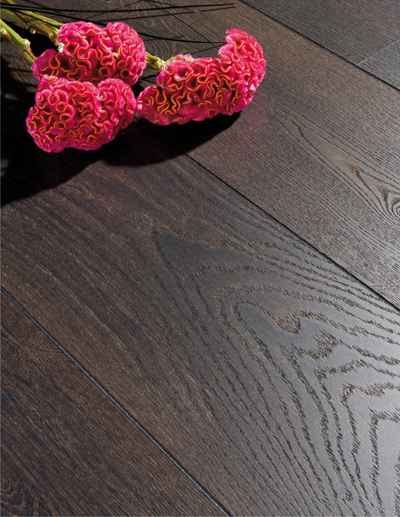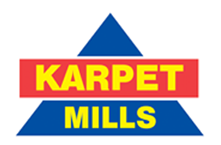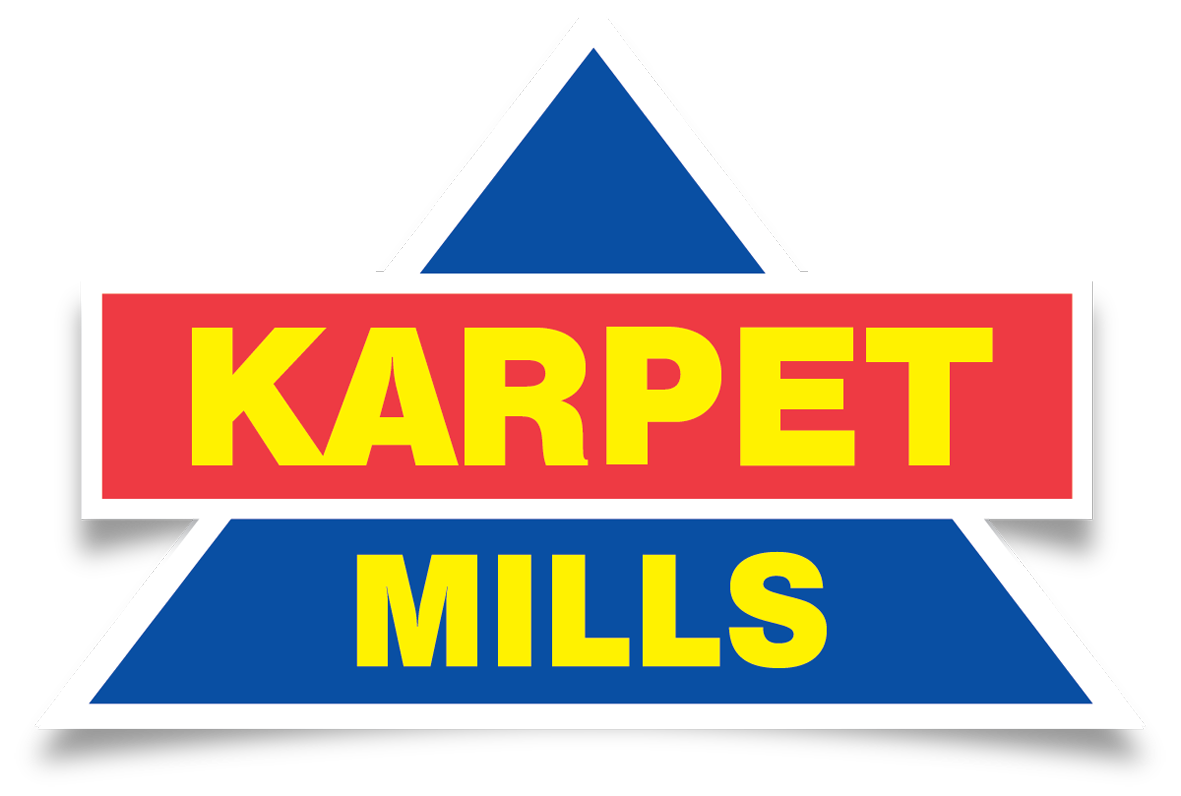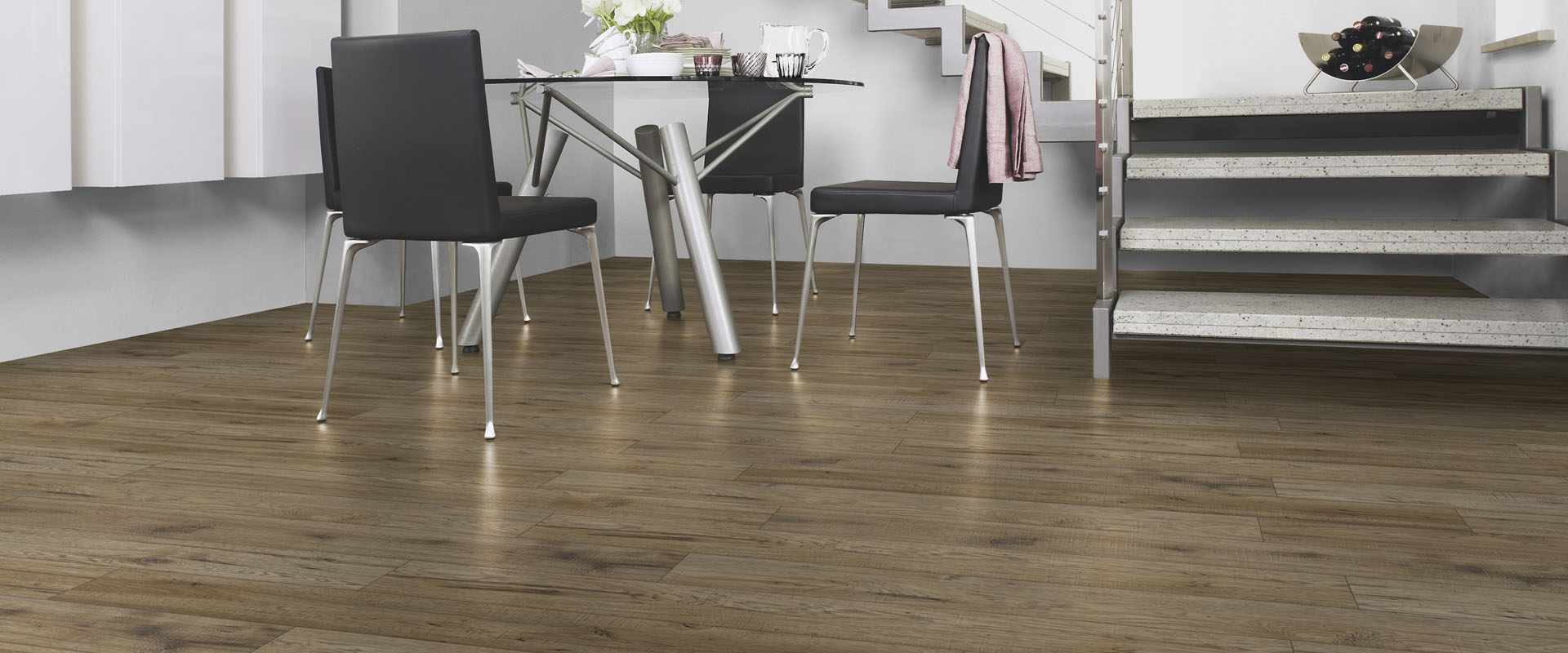Technical Guide to Laminate
What is Laminate Flooring?
Laminate flooring is constructed of various layers that are fused together. The surface is a plastic type of composition which is applied to the main core using heat and pressure. The core is usually made of high density fibre or particle board, and the backing can be either a paper layer, or another layer of laminate.
There are normally 4 layers in the make-up of laminate flooring and they can be assembled in two different ways, which is either “direct pressure” or “high pressure”. Some manufacturers also add an “underlayment” which is attached to the underside of the laminate flooring.

This is designed to add sound insulation qualities to the flooring and also helps cushion the floor. The material which is usually used is cork, felt, foam or other similar material.
The 4 layers that makeup a typical type of laminate flooring are :
The wear layer
This is the surface that is walked on and is the top-most layer. It’s typically made from cellulose paper that has been saturated with melamine plastic resins. This gives laminate flooring its excellent durability and scratch resistance.
The design layer
This is what gives the laminate flooring its design, colour and characteristics. It is the image that is seen through the wear layer and is usually made from cellulose paper with a photograph or a pattered print copied onto it. As it is below the wear layer, and therefore protected, it can not be marked, scuffed or fade.
The core layer
This is the main part of laminate flooring and is usually made from a type of particle board. Various strengths and thickness can be found, and a thicker core will be more stable. Some brands of laminate flooring have the core layer treated with water repellant chemicals, and others have Paraffin wax impregnated joints to prevent water from penetrating down into the core.
The stabilizing layer
This is the very bottom layer that is usually made from cellulose paper that has been saturated with melamine plastic resins, just the same as the top layer. Its purpose is to create equality on either side of the core layer so that one side isn't affected differently from the other, and thus have unnecessary movement within the boards.





